ReOrient | Hospital Environment Monitor

Delirium affects nearly 25% of patients at UCSF Medical Center. This crippling condition, characterized by reduced cognitive function, disturbed sleep cycles, and delusions, can be prevented by non-pharmacological interventions in 30% of hospital-acquired cases. ReOrient monitors the patient's environment for motion, sound, and light, as well as plays messages by the patient's family and friends recorded through a web application. When these environmental factors are properly controlled, the patient is less likely to acquire delirium, and more likely to recover from it.
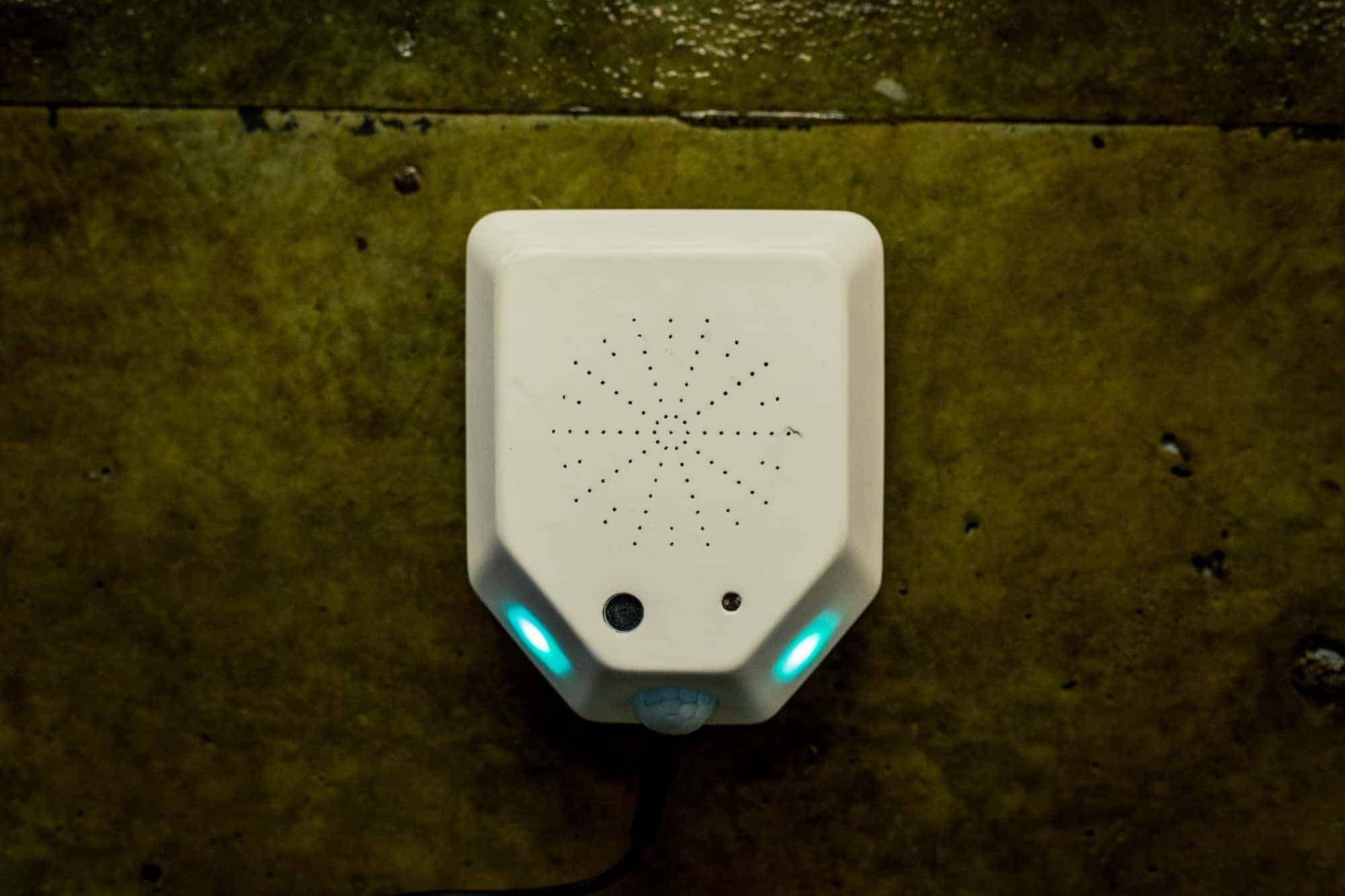

The project came from a desire to design and create a device that helps people with real problems that seriously affect their quality of life. It is 3D printed out of white PLA plastic for a more clean, sleek appearance. The white color also affords a less opaque material through which the indicating NeoPixel LEDs can diffract. Ultimately, the belief is that better awareness of the patient's environment will help hospital staff to better care for and protect those with delirium. The device's profile resembles the shape of a shield - a sign of protection.
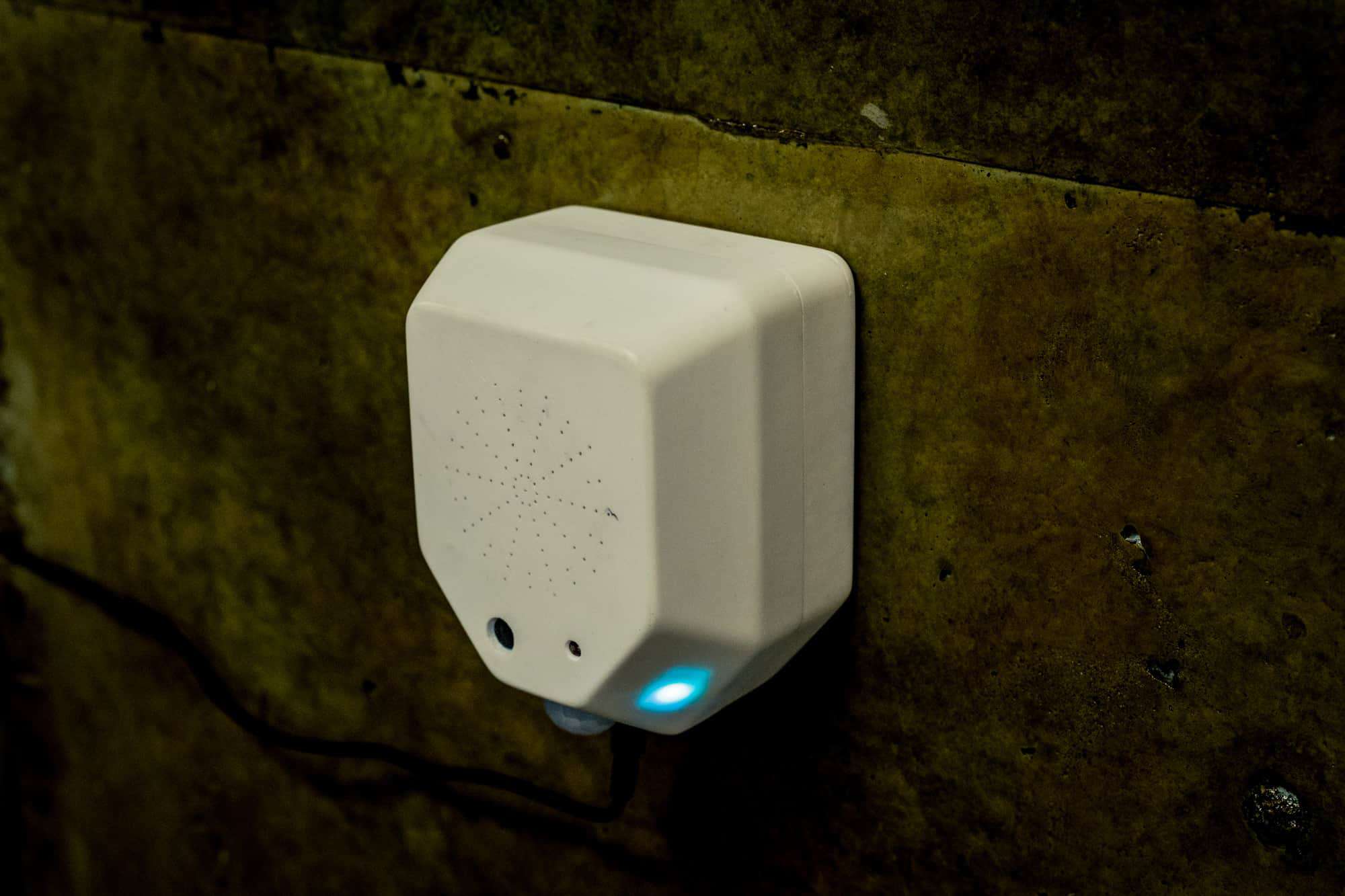

The enclosure was designed in SolidWorks to integrate all the electronics and sensors. The enclosure and a couple parts were made by a 3D printer and laser cutter, respectively. The sensors and electronics are controlled by a microcontroller housed in the enclosure, which sends the environmental data acquired by the sensors over WiFi to update the patient's database on the web application.
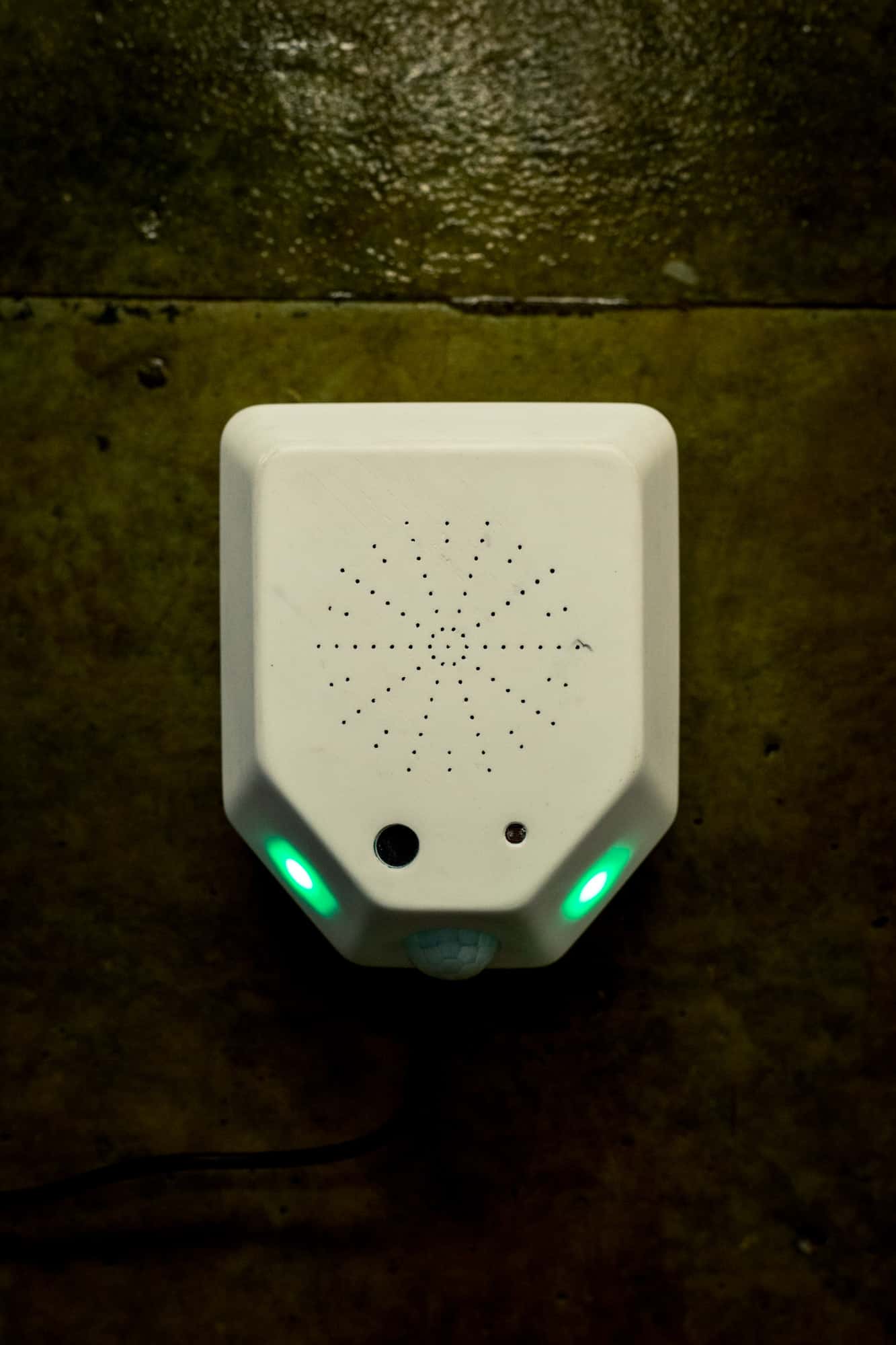
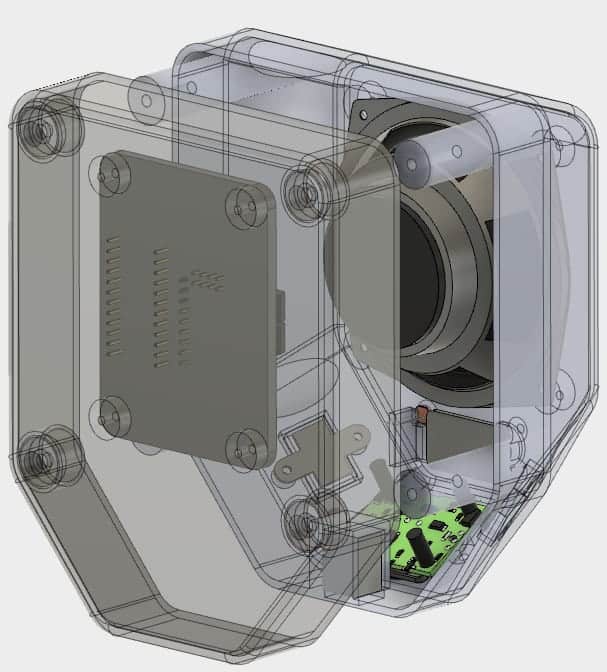
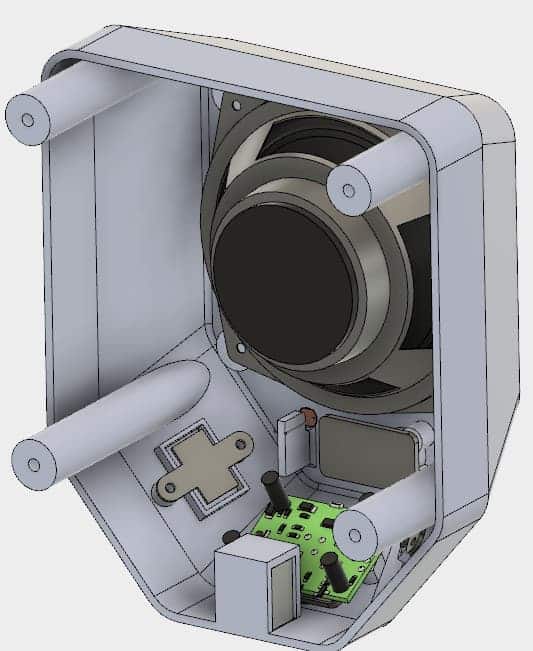
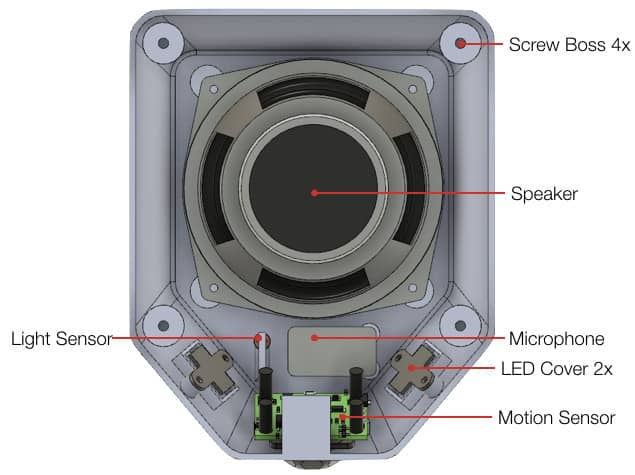

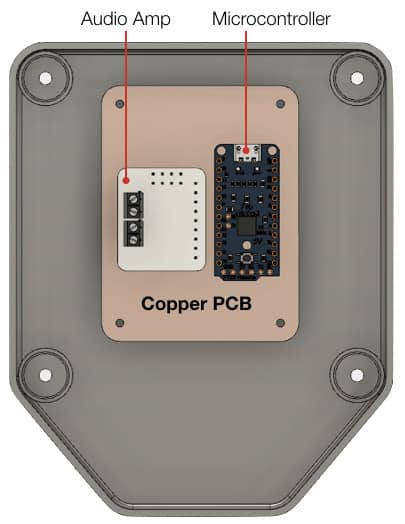
There was positive feedback from UCSF Medical Center. For patients with delirium, it would be very valuable to have data on light, sound, and motion levels in their rooms and how that correlates with the progression of their delirium. For this project, the next steps would be to collect benchmark data in an actual patient's room to determine what constitutes optimum levels of light, sound, and motion during the daytime and nighttime.
I learned it is important to understand your users' needs and the problems you're addressing. Are we tackling the right problem? Does this problem we are trying to solve really address the users' needs? Is this the right solution for the problem? Clear communication and understanding of your users will give more cogent answers to these questions.
Furthermore, learning by doing - trial and error - is a very critical process by which to make progress. Failure is the vehicle that drives us to success. The more we try, the more we learn, and thus a better solution that addresses users' needs.
This project was completed with Corten Singer, Levent Beker, and Nicci Cazares for a course on interactive device design.
[…] ReOrient | Hospital Environment Monitor – http://www.designideas.p… […]
Thank you, Mia!
This is a really nice project, so good to continuedly be innovative with healthcare system.
Thank you, Mia!